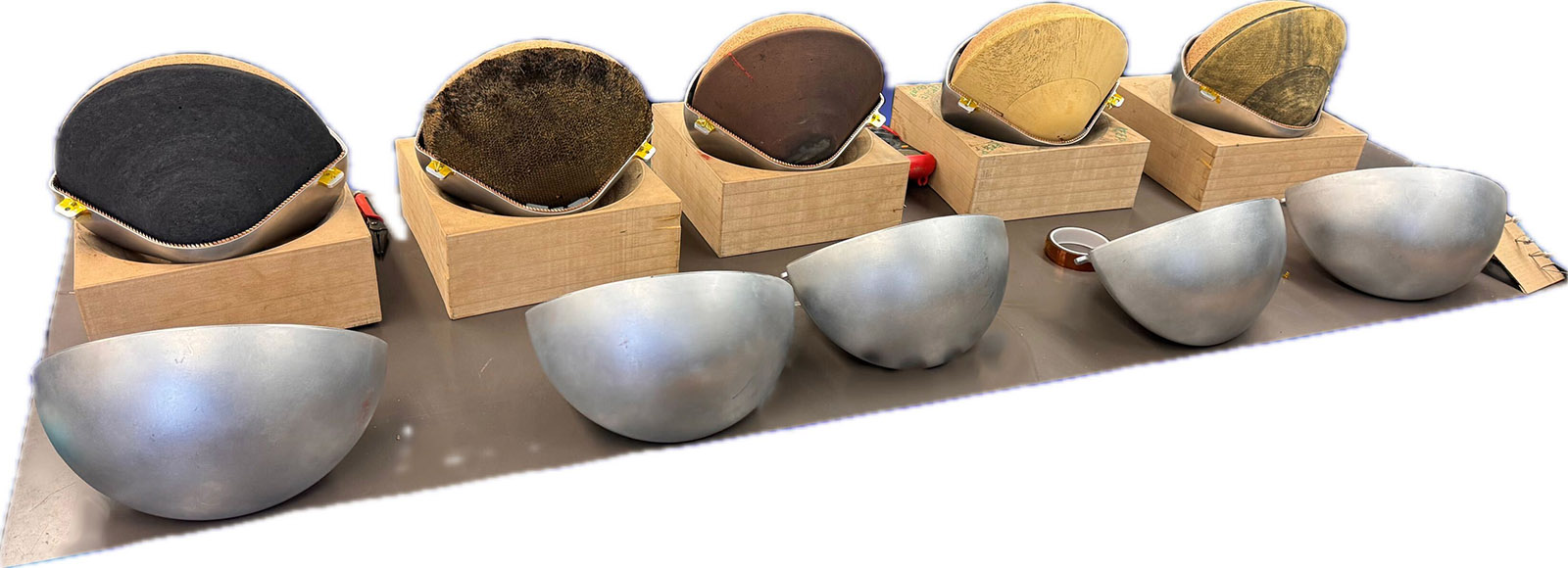Stay Up to Date
Submit your email address to receive the latest industry and Aerospace America news.
The Thermophysics Technical Committee promotes the study and application of mechanisms involved in thermal energy transfer and storage in gases, liquids and solids.
In July, five low-cost capsules developed by University of Kentucky students reentered the atmosphere at hypersonic speeds, six months after being launched to the International Space Station aboard a SpaceX Falcon 9 as part of the second Kentucky Reentry Probe Experiment, or KREPE-2. Prior to reentry, the capsules departed ISS aboard the Cygnus NG-20 resupply vehicle and were ejected during the reentry burn of Cygnus. The distinct thermal protection systems materials on the capsules consisted of different variations of phenolic impregnated carbon ablator, or PICA, a material used for various recent NASA missions and a new variant of the 3D-printed heat shield that was previously flown on the first reentry experiment of KRUPS. All capsules contained a GPS, a nine-axis and six-axis inertial measurement unit, a high-g accelerometer, five pressure ports, thermocouples and a spectrometer to measure chemical kinetics in the hypersonic shock layer. The positions and kinematic sensors along with the science instruments provided a unique set of flight data to quantify aerothermal environments and the performance of thermal protection materials at hypersonic speeds. The flight data, which was recorded over 1,000 seconds, will be used for a wide range of analysis, including ground-to-flight traceability between ground tests and future hypersonic flights. The third mission, KREPE-3, is scheduled to fly in 2026.
In May, researchers at NASA’s Ames Research Center in California and NASA’s Langley Research Center in Virginia tested samples of NuSil-coated PICA in the Hypersonic Materials Environmental Test System high-enthalpy plasma wind tunnel. The focus was expanding the validation data envelope for the material, which served as the heat shields for NASA’s Curiosity and Perseverance rovers. A PICA-NuSil heat shield will also protect NASA’s Dragonfly quadcopter during its descent toward the surface of Saturn’s moon Titan, scheduled for 2034. During the test campaign, researchers explored various combinations of carbon dioxide and nitrogen to simulate the distinct atmospheres of Mars and Titan. They also investigated parameters including heat flux, exposure duration and coating thickness. Preliminary observations revealed behavior consistent with earlier tests, although post-test analysis was ongoing as of October. In addition to helping refine the design for Dragonfly’s heat shield, these results could assist researchers in validating predictive material response models and optimizing heat shield designs for future planetary missions.
In August, GE Aerospace completed testing of a flight-scale dual-mode ramjet engine in a test facility at its Evendale, Ohio, campus. The test campaign, which began in March and comprised hundreds of hours of run time, followed an 11-month-long effort to design, fabricate and install the direct connect test rig on a purpose-built thrust stand. The engine was operated over a wide range of operating conditions; these included mode transition conditions for a turbine-based combined cycle propulsion system, as well as Mach 4+ cruise conditions at full enthalpies and pressures expected during flight. All of the engine components were additively manufactured from conventional high-temperature metal alloys. These tests were a unique source of thrust data and other information that will assist in validating and calibrating cycle models for future hypersonic vehicle propulsion systems.
Contributors: Charles Bersbach, Brody Bessire, Alessandro Turchi and Thomas West
Stay Up to Date
Submit your email address to receive the latest industry and Aerospace America news.




